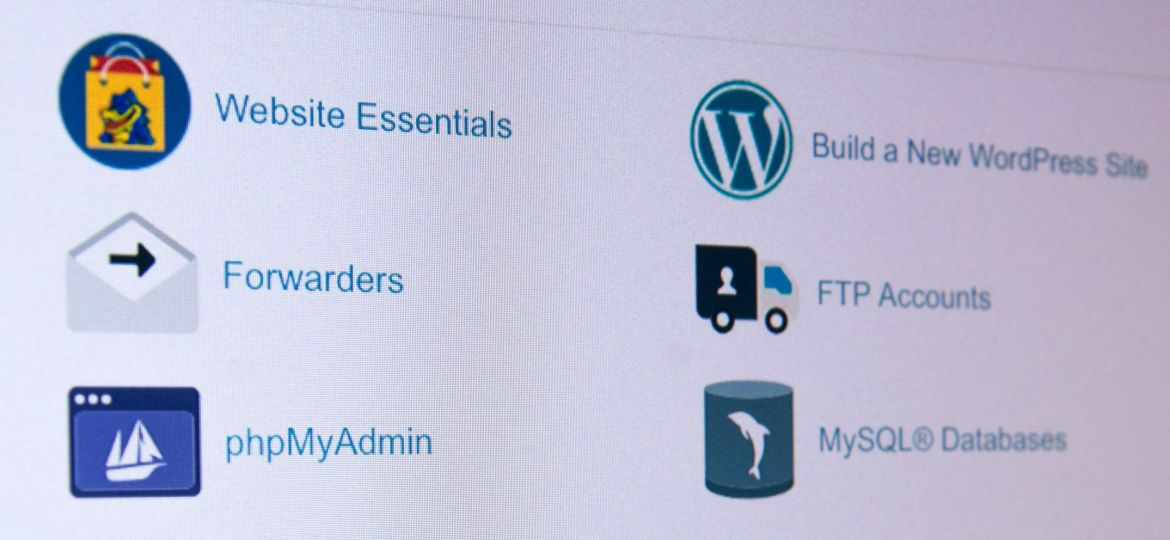In this piece, we’ll be talking about sticky ads. A sticky ad, which you might have already guessed, is an ad that sticks to a web page. If you implement a sticky ad into your website and a user scrolls down the page, the sticky ad will remain on the users’ screen.
Ad Tech
Chances are you will have already seen an instream video ad today. This type of advertising is hugely popular and very lucrative, with demand definitely outweighing supply. Instream video ads appear before (pre-roll), during (mid-roll) or after (post-roll) video content. The most familiar example of this type of advertising that you would see in your everyday life is when you watch videos on YouTube. These types of video ads vary in length depending on the device and platform they appear on, from 6 seconds to 1 minute. The standard lengths used in typical instream video ads are 15 or 30 seconds, very much reflecting linear TV advertising. This makes it easier to produce as a TV ad can be converted into an instream video ad to be displayed online on websites. The monetization of instream video ads, as with most other video advertising, is based on a CPM or a CPV pricing model. While you may be familiar with CPM, CPV on the other hand bases the cost around the completed video view as opposed to the impression.
Nowadays, web users around the globe largely accept videos as their primary source of information, education, and of course entertainment. Videos are easy to consume, grab people’s attention and perform better than pretty much any other type of advertising or content throughout the entire ecosystem. Not a lot of other formats have been аs successful and video has become an essential part of marketers’ toolkit for branding purposes, driving engagement and expanding their reach across the web. Consequently, that creates great monetization opportunities for publishers, but what about those who aren’t using video as their medium of choice? Luckily there’s an answer. Outstream video allows media owners to cash in on content in pretty much any format.
In the most recent years, we’ve seen GDPR, Header bidding, ads.txt, and many other trends hit the digital advertising industry by storm, forcing Publishers to change their strategy for not only compliance with the law but also with adapting to new technology, to continue to maintain and increase ad revenue for their content. With the advertising industry constantly evolving and adapting as new technology and regulations come into play, here are some top trends in programmatic advertising for 2020.
Nowadays the digital publishing industry is taking users’ consent more seriously. With the enforcement of GDPR, ePrivacy Directive and, CCPA online businesses had to readjust the way data from internet users is collected, used and stored. It became highly advisable (and in some cases obligatory) for online businesses to adopt a system that is notifying the web consumers and requiring their consent for collecting their data during their visit. This is where a CMP (a.k.a Consent Management Platform) comes to the rescue, especially for large scale digital properties with high volumes of traffic, where the adoption of a far more structured approach is required.
If you’re in the online content business whether it be a website publication, video or mobile app, you’ve probably already had a taste of programmatic monetization. Digital advertising has a lot to offer, however, things can get quite daunting the more you get into the finer details of the industry. So, in this piece, we’ll be deciphering acronyms and buzzwords like CPM, impressions, ad requests, etc. to help you understand the basics of ad monetization so that you can take the next step in making money through web publishing.
If you’re an avid publisher, chances are you’re already familiar with native advertising and its intricacies. That said, today native is as relevant as ever, so it’s definitely worth reconsidering in case you haven’t explored the ad format yet. Let’s have a quick reminder of the basics and summarize the benefits of adopting native ads into your monetization strategy.
A couple of weeks ago, Google rolled out another significant update affecting the first page of search results. The update happened quickly, 100% globally and from now on webpages with featured snippets will not appear twice on the first page. So, what does all this mean for digital publishers?
WordPress is without a doubt the most popular content management system today, dominating the CMS world. “WordPress is used by 62.4% of all the websites whose content management system we know.” This makes 39% of all websites around the globe. In a nutshell, it’s the preferred platform for webmasters around the globe for its ease-of-use features as well as it’s versatility. It gives website admins the ability to manage content efficiently, while at the same time maintain full control of their backend and make customizations at will.
Last week Google announced that it will be shutting down third-party cookies on its popular web browser – Chrome. By 2022, the tech giant’s largest targeted advertising technology will be gone for good. Google’s decision intends to encourage publishers, advertising companies and other browser providers to help Google create a new set of privacy-focused web standards. This move definitely shook the advertising world and the first step towards the new status quo is already in sight. Google has announced that it will limit cross-site tracking in their browser by default, starting in February 2020 with the release of Chrome 80.











